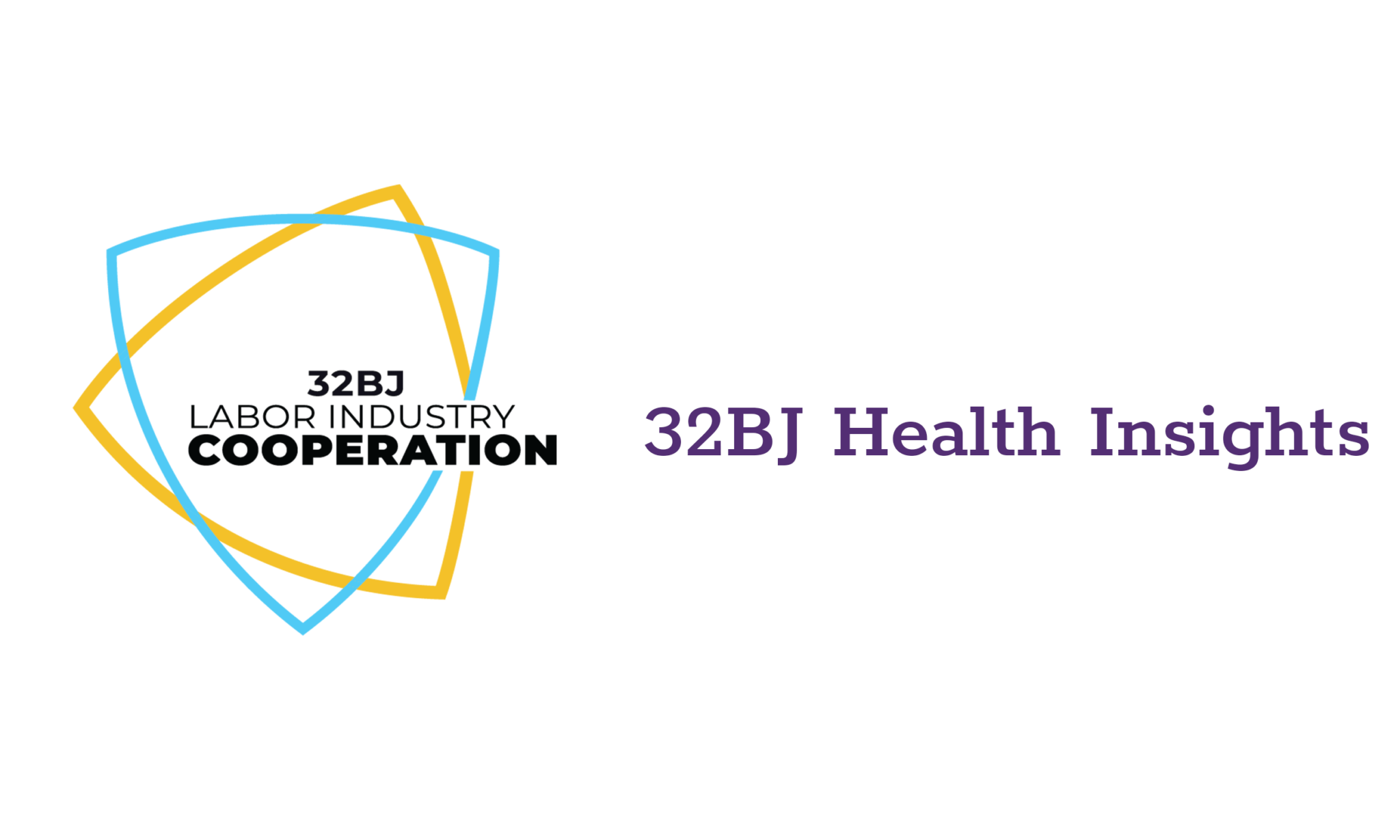Interactive Tools
At the LICF, everything we do begins and ends with data. Data informs our policy work to lower healthcare costs on behalf of SEIU 32BJ members, which in turn, benefits all working people. The 32BJ Health Fund has invested considerable resources in developing its analytical capabilities to inform its innovative plan design.
A growing number of employers and unions throughout the country are bending the healthcare cost curve while preserving affordability and access to high-quality care. Yet, many such purchasers are not sure where to start to address the complex and unrelenting issue of increasing healthcare costs.
We are pleased to share the following tools that the 32BJ Health Fund has used to identify and realize cost savings. We hope other purchasers will find them helpful, as well.
For more information on how to use the Interactive Tools,
visit https://youtu.be/MsJ96nbcnZY to
view an April 2025 webinar hosted by 32BJ LICF with live demonstration and
overview on the Healthcare Administrator Contract-first Template and the Healthcare
Savings Calculator.
Healthcare Savings Calculator and Downloadable Customized Report
Our easy-to-use calculator gives you greater insight into your organization’s healthcare costs and can approximate both your total healthcare costs and hospital spending. Any information you don’t have can draw upon statewide averages (as shown in the map below). The downloadable report provides context to help you interpret a range of potential savings opportunities for your organization through lowering healthcare costs and hospital prices.
How much could your group save on hospital spending?
With just a few data points, this healthcare savings calculator can help a group purchaser identify how much it could save if it paid hospitals what they need to break even, based on their reported costs.
This calculator will walk you through a short series of questions to generate a high-level savings estimate for your group. For a more complete report that models how much your group could save at various hospital pricing levels, please download the accompanying PDF at the end of the survey questions.
2020 Healthcare Spending Map
Hover your mouse over your state to view the total healthcare dollars spent by commercial insurers and to compare the average commercial hospital price with the prices Medicare paid in 2020. Medicare sets its prices so that a reasonably efficient hospital can cover its costs, and comparing prices to Medicare is considered an objective, fair-pricing benchmark.
If you are an employer or a union that wants to estimate the amount your organization spends on health benefits and hospital care, we recommend that you try the healthcare savings calculator above.
For additional context about how high hospital prices are the leading driver of increasing healthcare costs, and what you can do to lower prices, watch our how-to video for employers and other healthcare purchasers. Other recommended resources of hospital price, cost, and quality data include Sage Transparency 2.0 and the NASHP Hospital Cost Tool.
* Payment level required from commercial payers (expressed as a percentage of Medicare rates) to allow the hospital to cover maximum hospital expenses, with no profit, for hospital inpatient and outpatient services. Covered hospital expenses include commercial patient hospital operating costs, shortfall or coverage from public health programs, charity care and uninsured patient hospital costs, Medicare disallowed costs, and hospital Other Income and Expense.
Sources:
- Private Health Insurance (PHI) Enrollment and Spending: Centers for Medicare and Medicaid Services (CMS), State Health Expenditure Accounts (SHEA), Total Personal Health Care Expenditures by State of Residence, 2022
- Fraction of Total Personal Health Care Spending on Hospital Services: Appendix Table e9c in: Emily K. Johnson et al., “Varied Health Spending Growth Across US States Was Associated With Incomes, Price Levels, And Medicaid Expansion, 2000–19,” Health Affairs, 41(8): 1088–1097
- Relative Prices Paid for Hospital Services (Inpatient and Outpatient) by Private Employer Sponsored Health Plans: Christopher M. Whaley et al., Prices Paid to Hospitals by Private Plans: Findings from Round 4 of an Employer-Led Transparency Initiative, RAND Corporation, 2022
- National Academy of State Health Policy’s Hospital Cost Tool
Healthcare Administrator Contract-first Template
To increase its leverage in negotiating with health plans and third party administrators (TPA) for its self-funded benefits administration, the 32BJ Health Fund took a radical new approach to the typical RFP process. They invested enormous resources and partnered with industry experts to develop a model contract that firmly establishes the rights an employer should have with its administrator.
Specifically, the Health Fund required that each bidder redline the contract as part of responding to the RFP, which in turn, obligated prospective partners to be absolutely transparent about any contractual restrictions that would reduce the applicability of promises made during the sales process. It also meant that as a purchaser, the 32BJ Health Fund would understand each and every aspect of the final contract rather than relying on an obtuse administrator-owned contract.
The result is a contract template that other purchasers are welcome to use or to reference to establish more fair and favorable terms with their carriers and third-party administrators, including the right to:
- Own your data unconditionally
- Carve out any services and/or allow direct contracting
- Manage your own audit process


